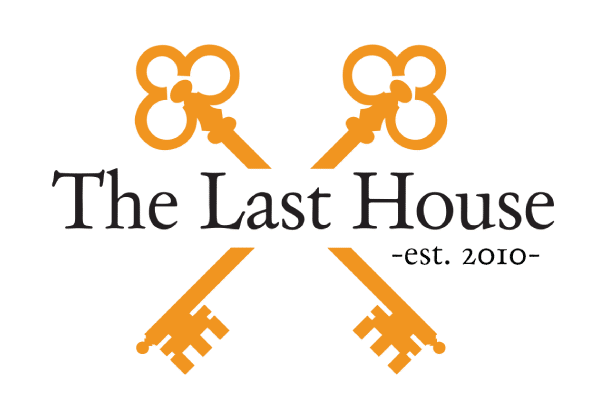
Self Harm and Addiction
Self harm and addiction have a cyclical relationship. Often times those who struggle with self harm can become solely addicted to the release that hurting oneself provides. Other times those struggling with self harm can also become addicted to drugs and alcohol. A study discovered that close to 10% of individuals struggling with self harm also abuse drugs and substances.
What is self harm?
Self harm is when someone purposely inflicts self injury or harm to their bodies through mutilation without the intent to kill oneself. Someone who inflicts self injury is usually secretive about this and will hide their injuries underneath clothing. Individuals that harm themselves usually do this with sharp objects like knives and razors. Other ways that self harm is inflicted is through burning oneself, ripping hair out, piercing the skin, picking at wounds to avoid healing, scratching, poisoning, punching, slapping or even breaking bones.
Why would someone hurt themselves intentionally?
You might be thinking, why would someone do that to themselves?! Typically, hurting oneself sounds like the last thing someone would want to do. However, someone who is in severe emotional distress and with limited coping skills may turn to self harm as a release from the emotional pain. Often times, self harm is associated with other mental illness or disorders such as depression, anxiety disorders, eating disorders, and borderline personality disorder. Self harm can lead to the body’s release of pain killing hormones and endorphins which can feel like a form of release to the individual inflicting self injury. Sometimes the physical pain caused by self harm acts as a distraction from the emotional pain. Furthermore, self harm can feel like a form a self control when other things in life are out of control, or a form of punishment for perceived faults, and a way to express internal pain.
Who struggles with self harm?
Teenagers and young adults are usually the individuals that struggle with self harm. Both of these developmental periods are tough with a lot of peer and societal pressure. If these individuals never learned healthy coping skills, self harm may feel like the only relief. Furthermore, females are also more at risk for self harm however it is not entirely clear as to why.
What causes self harm?
Just like most maladaptive behaviors or mental disorders, there is not simple cause that leads someone to inflict self injury. However, a combination of unstable and abusive environments, genetics and biological dispositions to certain mental illness/disorders can explain how self harm develops as a coping skill. It is important to note that self harm is not itself a mental illness and instead an indicator of very poor coping skills. There are various risk factors that leave someone vulnerable to self harm. Someone who has experienced sexual abuse, childhood abuse, abandonment, neglect, dissociation, psychiatric disorders, and substance abuse/addiction. Strong emotions such as worthlessness, guilt, shame, loneliness, panic, anger, self hatred of confusion can also put someone at risk for self harm. Furthermore, someone who is struggling with addiction or substance abuse, are a lot more likely to hurt themselves since they have less control over themselves when under the influence.
Signs/symptoms:
- Noticeable wounds that cannot be explained
- Clothing that is very covering
- Isolation
- Depression
- Locking oneself in a bathroom or bedroom
- Scars or fresh cuts, bruises and marks
- Excessive rubbing of an area
- Hiding objects such as razor blades
- Impulsivity and instability
- Identity issues
Treatment:
Because self harm is usually hidden, it can be difficult to diagnose and identify. Once self harm has been identified there are numerous treatment options that can give someone a sense of control over and relieve some of their intense emotions. If you suspect a loved one is hurting themselves it is important to seek professional attention immediately. Often times, those struggling with self harm will go to rehabilitation centers or hospitals to ensure that the individual doesn’t severely injure themselves. Medication can minimize intense emotions and provide more emotional balance. Psychotherapies like psychodynamic therapy, cognitive behavioral therapy, and dialectical behavioral therapy are the most common modalities used to treat someone that self harms.
Recovering from self harm and addiction:
Individuals struggling with self harm and addiction can complicate treatment. It is imperative that both of these co-occurring issues are simultaneously treated and are given proper attention. It is also important to differentiate between the addiction hurting oneself and addiction to actual substances and drugs. At the end of the day, self harm and substance abuse need to be replaced with healthier coping skills which can be achieved in therapy and at treatment centers.














